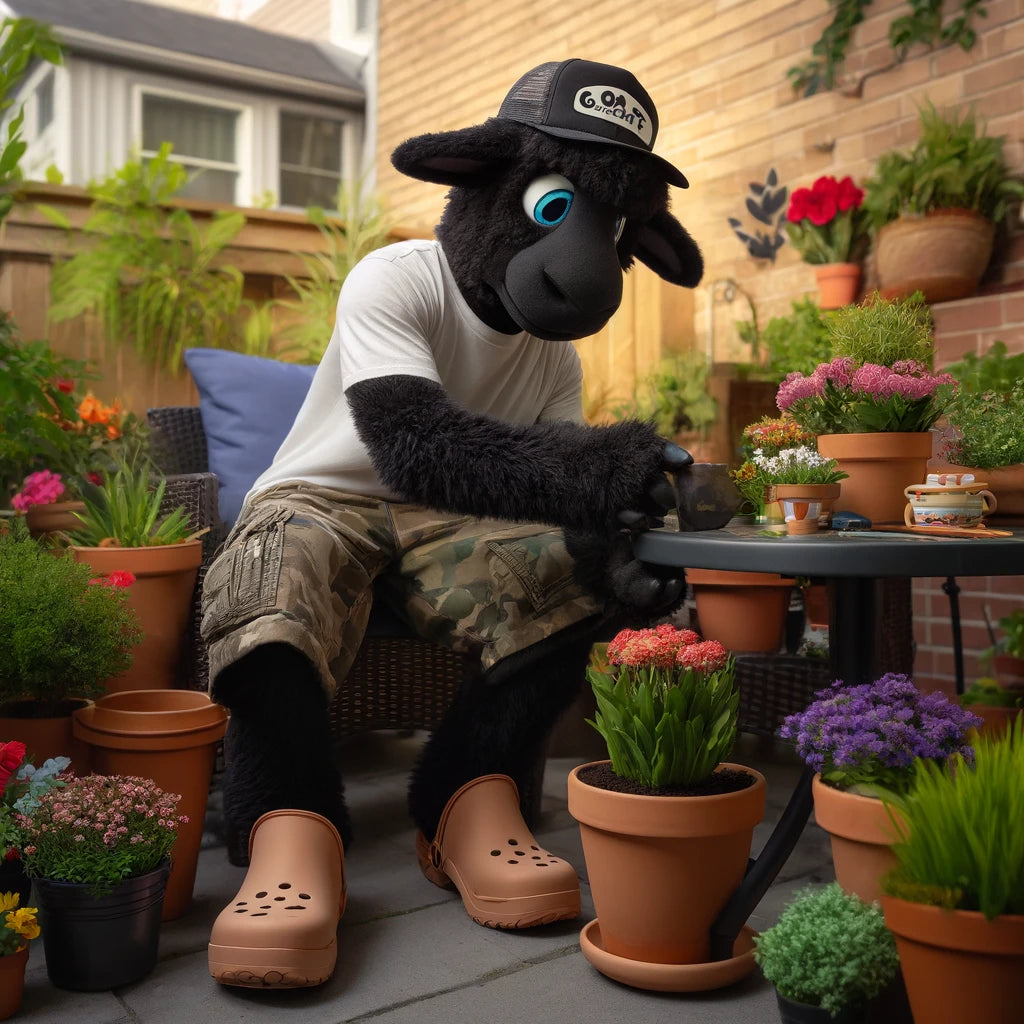Perennials in the Urban Landscape: Maximizing Small Spaces

Introduction
Urban gardeners in Toronto, Ottawa, and Montreal face the unique challenge of creating beautiful, green spaces within the confines of smaller plots or balconies. However, the limited ground area doesn't mean you have to limit your gardening ambitions. With thoughtful selection and strategic design, perennials can play a starring role in maximizing the beauty and productivity of your small urban garden. Let's delve into strategies for incorporating perennials into compact spaces to achieve a lush, layered garden year after year.
The Beauty and Benefits of Perennials in Small Urban Gardens
Perennials offer urban gardeners a multitude of benefits, from reducing the need for yearly replanting to providing diverse habitats for local wildlife. They can bring a sense of permanence and evolution to a garden, as many perennials expand and become more impressive with each passing year. Plus, their variety in size, color, and blooming time allows for creative garden designs that captivate through all seasons.
Selecting the Right Perennials
1. Choose Multi-Functional Plants: Look for perennials that offer more than one benefit, such as attractive foliage, long blooming periods, or edible parts. Herbs like lavender and sage provide fragrance, flowers, and culinary uses.
2. Opt for Vertical Growth: In small spaces, think vertically. Tall perennials like delphiniums or ornamental grasses can add height without taking up much ground space. Climbers, when supported by trellises or walls, can create lush, living backdrops.
3. Consider Dwarf Varieties: Many popular perennials have dwarf cultivars that are perfect for tight spaces, offering the same beautiful blooms on a smaller scale.
Design Tips for Small-Space Gardening
1. Layer Your Plantings: Utilize the concept of layering by planting taller perennials towards the back of beds or borders and shorter ones in front. This creates depth and maximizes use of space.
2. Use Containers and Raised Beds: Containers and raised beds offer flexibility in arranging your garden layout and can be particularly effective for growing perennials that may require different soil conditions.
3. Incorporate Edible Perennials: Edible perennials like rhubarb or Alpine strawberries not only provide fresh produce but also add visual interest to your garden.
Maximizing Bloom Times
To ensure your garden remains vibrant from spring to fall, select a mix of perennials with staggered bloom times. Early bloomers like hellebores and spring bulbs can be followed by mid-season flowers such as peonies and daylilies, with late-season stars like asters and sedums providing color into the autumn months.
Caring for Perennials in Small Spaces
-
Soil Health: With limited soil in small gardens and containers, ensuring soil fertility is crucial. Amend with compost annually to replenish nutrients.
-
Watering: Efficient watering systems, like drip irrigation, can save space and ensure plants receive the moisture they need without waste.
-
Pruning and Deadheading: Regular maintenance keeps perennials healthy and blooming vigorously. Pruning can also help manage the size of larger perennials.
Conclusion: Perennials as Pillars of the Urban Garden
Incorporating perennials into the urban landscape allows gardeners in Toronto, Ottawa, and Montreal to create dynamic, sustainable gardens that evolve and grow richer with each season. By making smart choices about plant selection and garden design, even the smallest spaces can become lush, perennial paradises that offer escapes from the urban hustle and bring nature closer to home.
FAQs
-
How often should I replace my perennials in a small garden?
- Many perennials can live for years in the same spot if they're well cared for. Consider dividing or rejuvenating them every 3-5 years to maintain vigor.
-
Can perennials in containers survive the winter?
- Some hardy perennials can survive in containers over winter with proper insulation and care, but it's often safer to choose varieties that can withstand a zone or two colder than your area.
-
Do perennials require more care than annuals?
- While perennials generally require less frequent replanting, they benefit from yearly maintenance such as mulching, dividing, and deadheading to keep them looking their best.
Embrace the potential of perennials to transform your Toronto, Ottawa, or Montreal urban garden into a thriving oasis, proving that even the smallest spaces can harbor rich biodiversity and stunning beauty.

